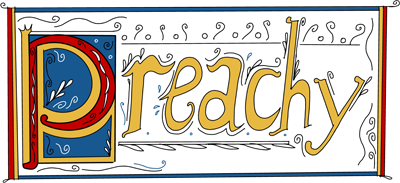Among the Sinners
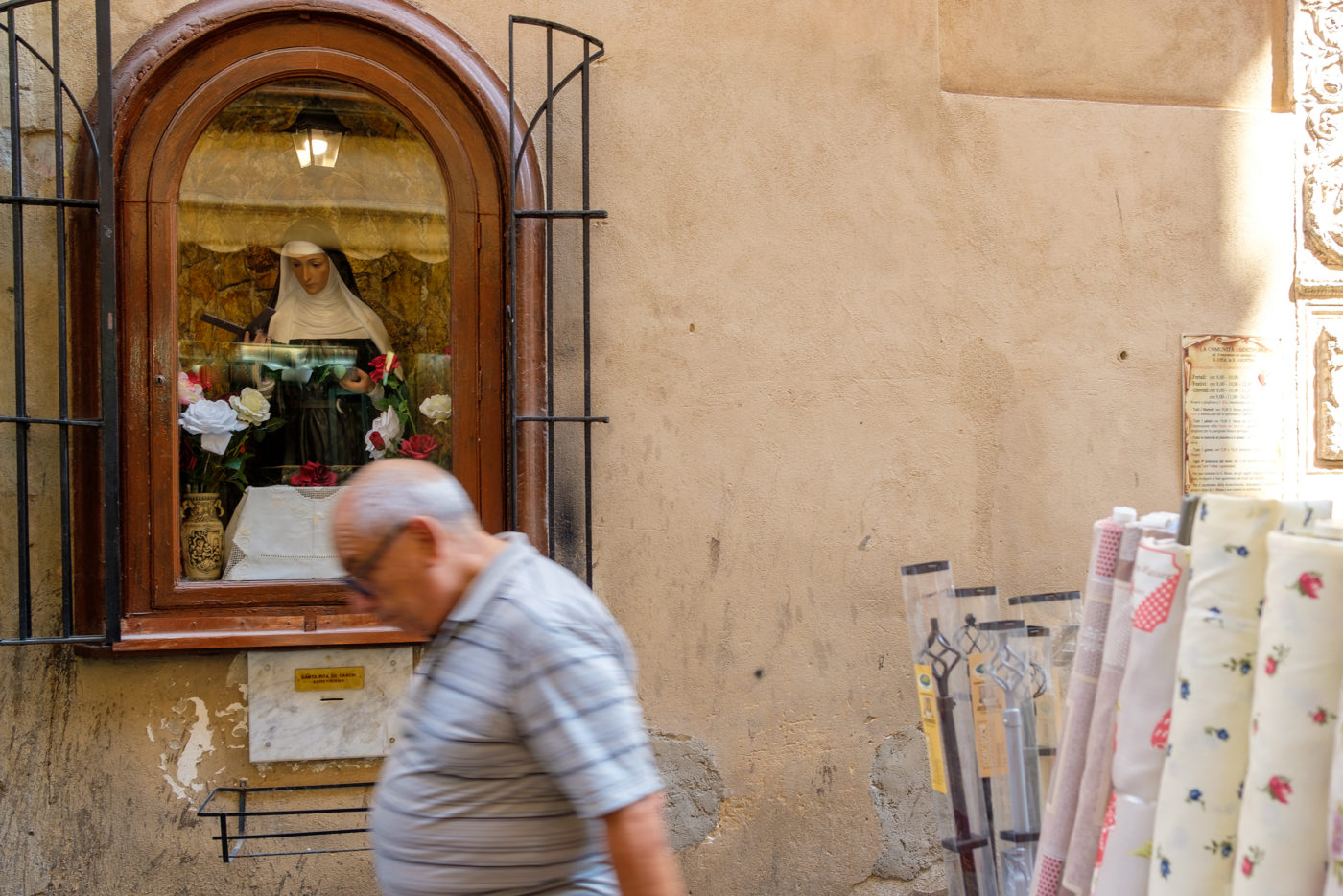
I am two years old when my grandmother, Nanna, feels a lump on the back of my neck. My Nanna immigrated from Italy’s southernmost Calabria region, arriving in Australia after World War II. She is both profoundly Catholic and deeply superstitious. Over the course of my life, she tells me stories of saints with gouged eyes and abusive husbands, teaches me to touch my hair when an ambulance drives past, and at signs of misfortune or malocchio — the evil eye — quietly folds her hand into the horn-like corna. In my family, the arc of faith bent towards our matriarch, and even if God were present at Sunday mass, his supporting cast of saints and reformed sinners were no doubt at Nanna’s house. The doctors tell my mum that the lump is nothing — a benign cyst that will be removed through a simple surgery. But prayer, myth, and tradition are insurance against all we cannot know and Nanna sends a donation and a letter to the monastery of her favorite saint: Saint Rita. When I am older, I will flip through the monastery’s magazine — Dalle Api Alle Rose — to look at pages of chubby-cheeked toddlers said to be healed through prayers to their patron. To Nanna, I was one of them.
Later that year, my family attends the feast day of Saint Anthony — in one arm, a bag of bread rolls to be blessed, as is the tradition, and a two-year-old child wearing a nun habit in the other. Among Nanna’s prayers is the promise that I, her granddaughter, will be dressed in the likeness of Saint Rita as a way of giving thanks. My photo never makes it into the magazine but shortly after my minor surgery, Nanna has a black dress with a white square collar made to my size. Twenty-six years later, in the last week of Nanna’s life, I gift her a small wooden painting of Saint Rita. When I buy it from an artist in Tucson, Arizona, I imagine it will join the Virgin Mary statues and ornate prayer cards that make up Nanna’s kitchen shrine. Instead, it is tucked beside her into a hospital bed, joining the devotional scapular of St. Anthony on her chest, and the rosary beads gently clasped in her hand. This time, I am the one praying.
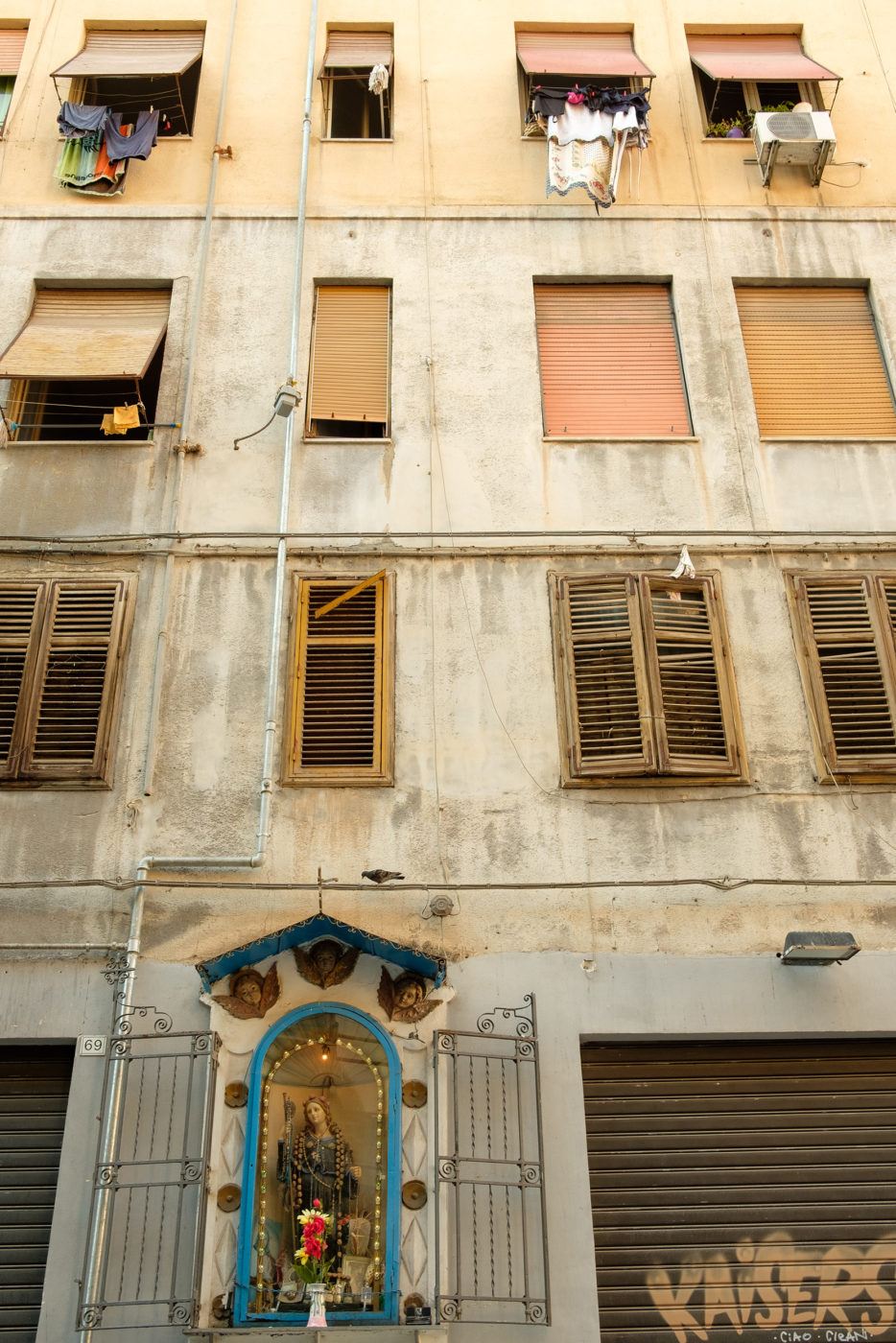
I am seven years old when I decide I will become a nun. At my Australian Catholic elementary school, religious education is mandatory, but my second-grade teacher breathes life into the subject, even if we are young enough to simply believe what we are told. She reads us bible passages of gore and glory, tells tales of unbelievable real-life miracles — the elevator cable snapped but by God’s grace, everyone lived! — and relays stories of Mother Teresa who will die that same year and be canonized nearly 20 years later. I am especially taken with the latter and imagine that there is no better way to spend a life than as a missionary-type nun. For the most part, I keep this revelation to myself — even at a Catholic school, being Catholic isn’t actually cool. But the idea is further cemented, as much as childhood dreams can be, when my mum buys me a thin stapled book about Saint Bernadette. Night after night, I read about her life as a poverty-stricken child of nine to whom the Virgin Mary appeared at a grotto in Lourdes, France. I am taken with her piety, her humility, her steadfast belief in herself rather than a Church that insisted she was lying.
It is no coincidence that the subject of this childhood obsession was a child herself, no less one who revered the Virgin Mary — Nanna’s other devotion. At that point, I could not be the nun in Calcutta helping the lepers, as I imagined Mother Teresa to be, but I could be the good kid from Melbourne’s northern suburbs devoted to a roster of biblical women. In bed at night, I pray to the Virgin Mary, to Saint Bernadette, to Saint Rita to bless a long list of people, some of whom I know, and some I only know of. I’m not selfless so, of course, I always make the cut. During mass — an event I find mostly tedious — I sing loudly to hymns and join in prayer with enthusiasm. After my First Communion ceremony, I decide that animals should be allowed to partake in the blood and body of Christ, so I pocket the round, cardboard-like wafer we are given as His body and feed it to my dog when we get home. Because I am not yet old enough to understand, Catholicism is briefly, beautifully infinite. It is more than a mass, more than a prayer, more than myself. But in just a few years, when I choose St. Bernadette as the name saint for my confirmation ceremony, nothing feels the same. Faith, like naivete, can be fleeting, and already I have begun to feel the fraying edges of belief.
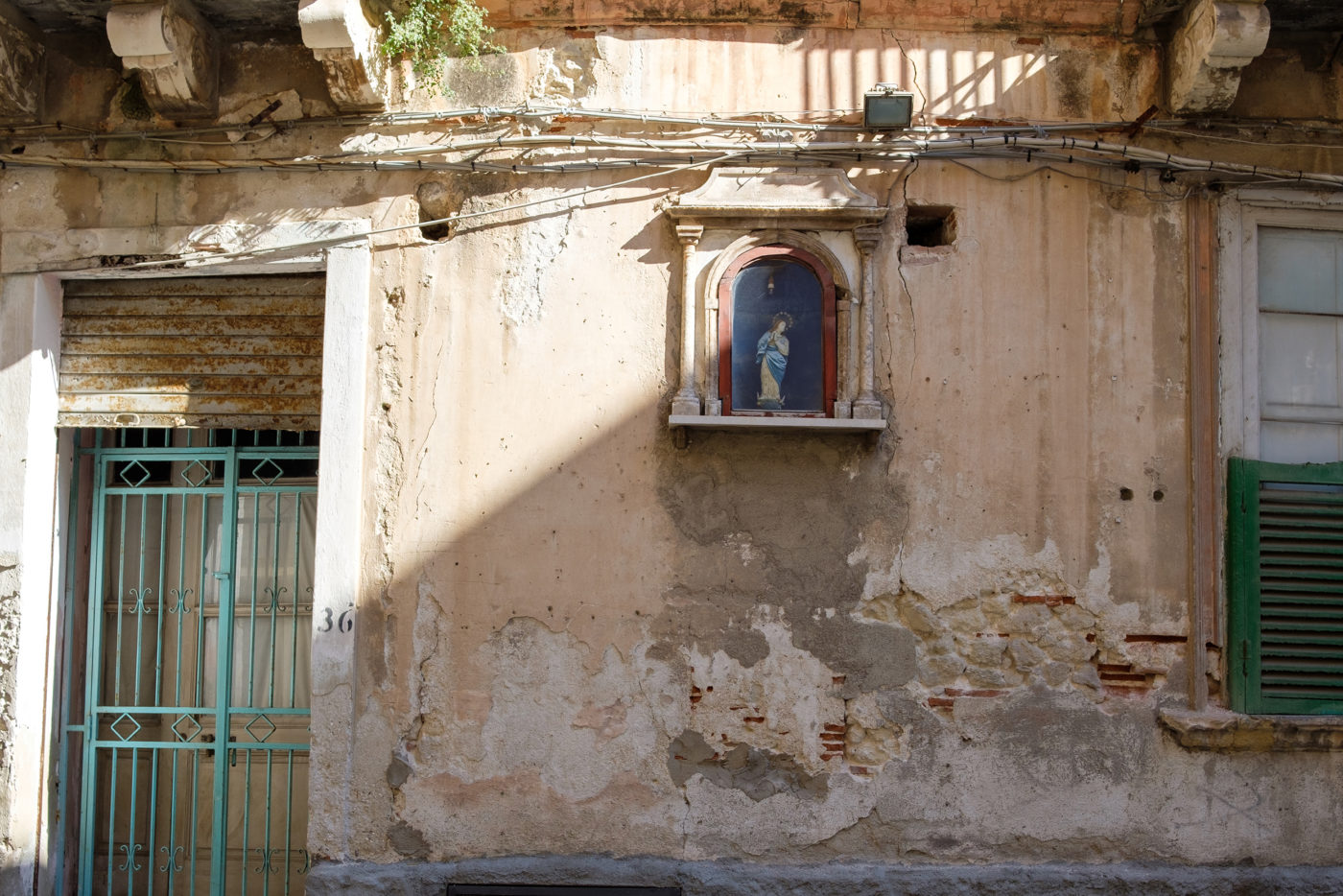
I am 15 years old when I meet the girl with the stigmata. Marian, as we’ll call her, is a recent Iraqi refugee who joins my all-girls, Catholic high school in year nine. She is soft-spoken, with dark hair braided down her back and a small silver cross — the only jewelry we are allowed to wear — clasped around her neck. I know of her, but I barely know her. I am too busy with emo bands, skinny black jeans, and rolling my eyes in religion class to notice much else. At this point I have largely abandoned the institution of the Catholic Church. Faith, it feels, has become small and limiting, as if it is less about the potential to be someone “good” and more about the likelihood that we will fail at just that. But one week, Marian arrives at school with a bandage several layers deep wrapped around her forehead. Over the next week, she is quietly called out of class by different teachers, each of them speaking in riddles and hushed voices. Sometimes, by the end of each day, you can see a shadow deepening from beneath her white gauze.
Our school never addresses what is happening — stigmatization, exorcism, and even self-flagellation are presented as the periphery of Catholicism, much like Nanna’s own brand of belief. But among a cohort of teenage girls, the gossip spreads quickly, and I learn that she is believed to have the wounds of Christ — an invisible crown of thorns imprinted on her flesh. It reminds me of St. Rita who, depending on your view, was either blessed with or suffered from a single godly wound to the forehead. Despite my disillusionment with the faith, I am fascinated by what is unfolding, curious to know the truth while also afraid of the answer. Part of me wants it to be real because the alternative — that it is fiction borne from pain, or need, or sadness — seems too tragic. I could not invoke the saints through prayer, but perhaps someone else did. Eventually, Marian comes to school with bangs in place of the bandage. I never ask her what happened — I am too embarrassed to so openly pry. But in the moments that our paths cross, I see the scabs that span her forehead like a constellation of dark lines. Slowly, they seem to be healing.
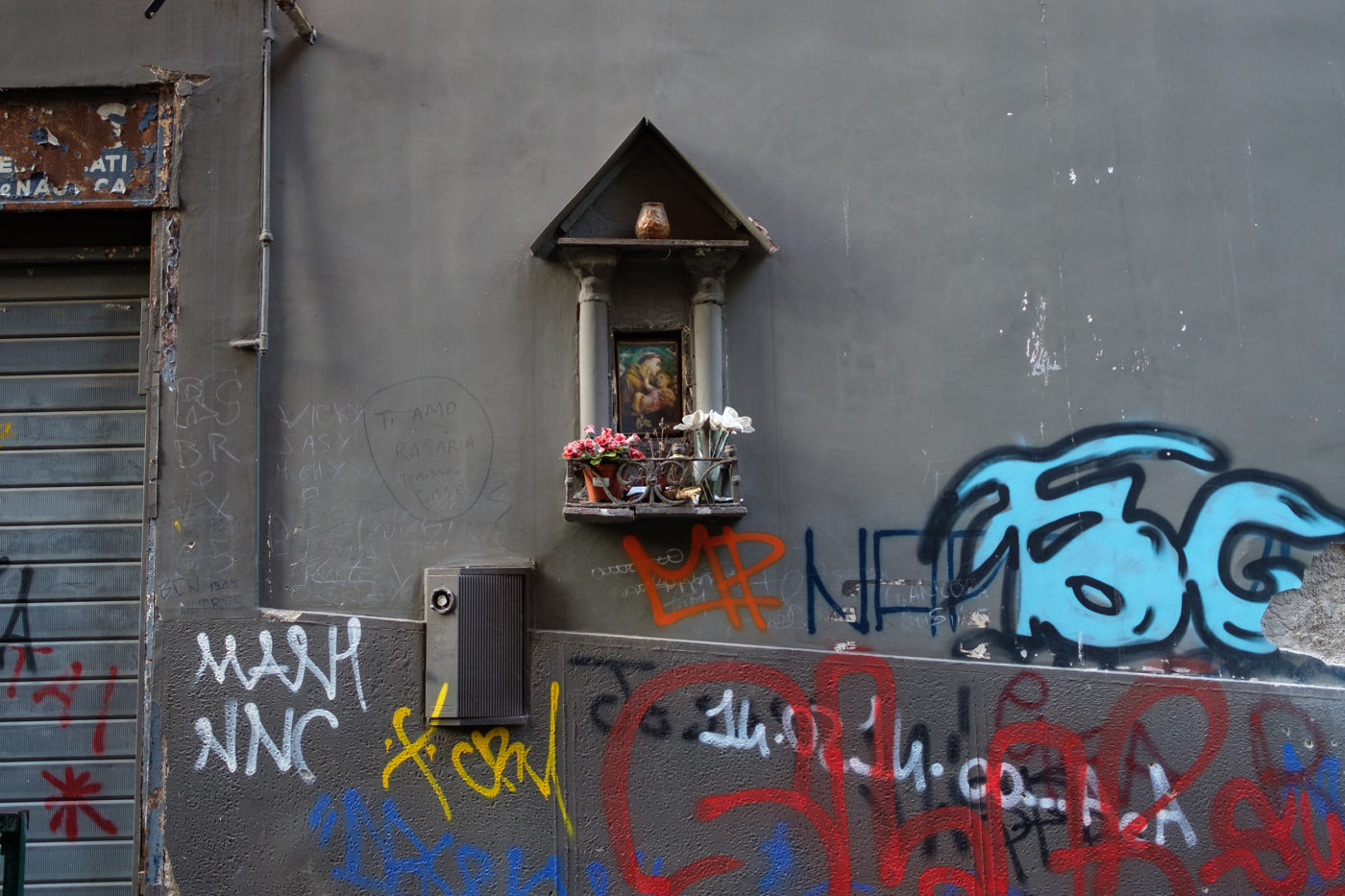
I am 19 years old when I first meet a missionary. For a month, I have been living in the town of Ngong, about 40 minutes from the capital of Nairobi along Kenya’s Great Rift Valley. Most days, I walk the dirt road from an orphanage that doubles as my lodging to a vocational school where I’m teaching “computer skills” on a broken ‘90s PC. My class consists of about 30 women around my own age who have been deemed vulnerable because of their upbringing in the nearby Gichagi slum. We become fast friends and spend more time chatting about boys and college than discussing the QWERTY keyboard. It is my first time overseas, and after a few days, it is evident that I have no real skills to share. Volunteer trips like this one are often premised on the idea that being white and from a Western country is enough of a qualification. In Australia, desperate to see the world, I believed it. Here, reality is hard to ignore.
I meet the missionaries — white, middle-aged, and middle-American — while I’m walking to the school one day. As their car skirts me, dusting me with dirt, I glimpse their waving hands and quietly swear in response. Between the orphanage and the school, nearly everyone is devoutly evangelical, and I participate in their faith as best I can without really discussing my own. Of course, the missionaries assume that we have a shared purpose to do the Lord’s work. But despite the Saint Christopher prayer card in my journal — courtesy of Nanna — and a letter from a high school teacher signed, “God love you,” my trip is motivated more by the travels of a young Che Guevara than it is by divine faith. I spend bursts of time at the internet café writing long and what feel like somewhat ingenuous observations about the burden of poverty, the legacy of development, and the scars of tourism. Religion comes up with a surprising frequency, but I do not yet have the language to connect faith with systemic injustice. In my mind, the two remain separate — just as I imagine the space between the missionaries and myself. Really, however, we are two sides of the same white savior complex. I am the liberal arts student and lapsed Catholic in Birkenstocks and they are the devout Christians secure in their purpose to pray for the poor and document what their donations have provided. For our own reasons, we both want to believe that we are helping someone. Often, that someone is us.
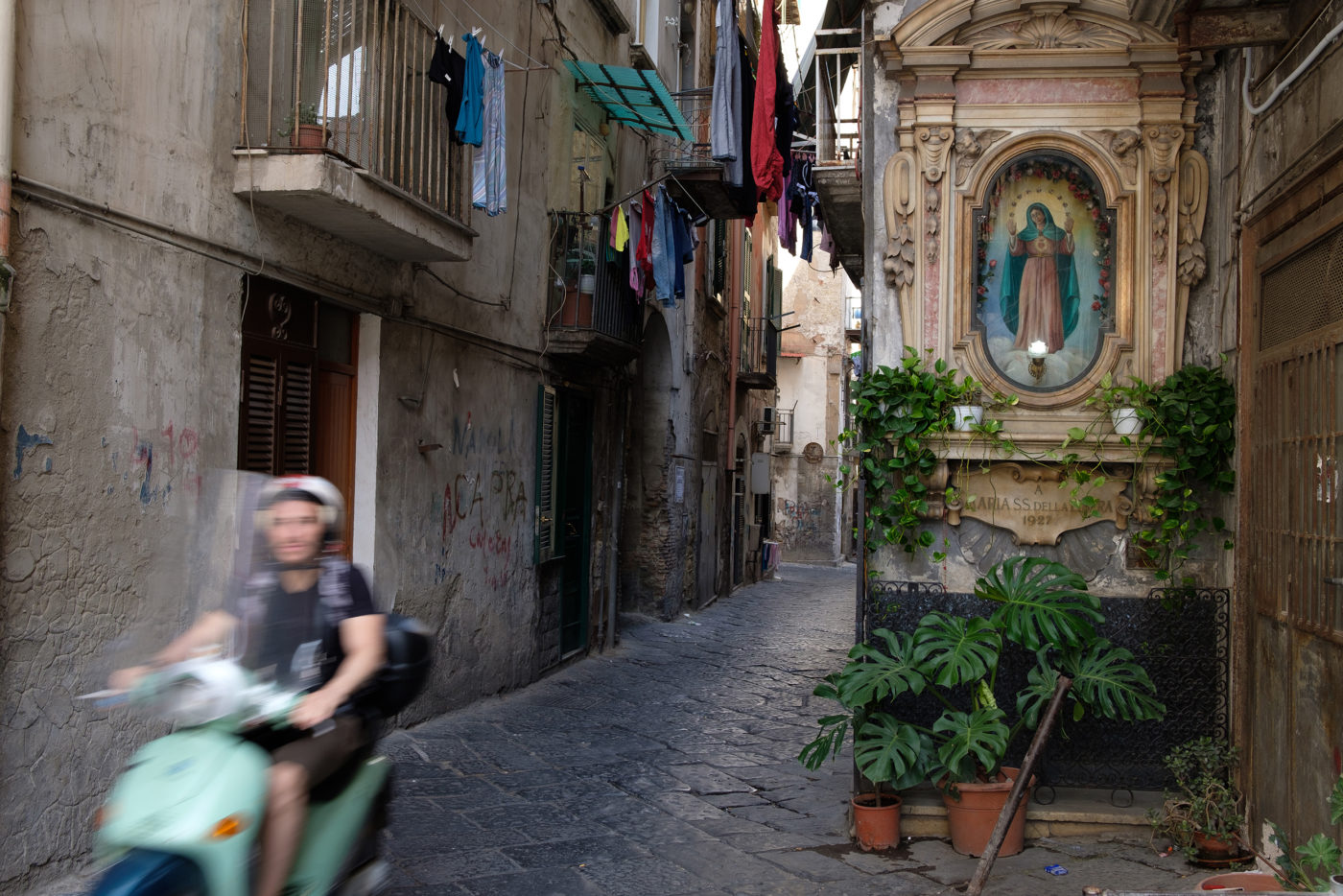
I am 25 years old and floundering. For more than a year, I struggle to find work after moving back to Australia from abroad. I piece together temporary admin jobs, copywriting gigs, and unemployment benefits, all of which leave me with some income and a lot of hopelessness. As if to mirror my anguish, acne — worse than I experienced as a teen — covers my cheeks and jawline in big red patches. Most days, as I apply for jobs I believe I will never get, I slather whatever remedy I can find across my face, hoping to hide what feels like a visual manifestation of failure. To most people, it is evident that I am in the throes of a quarter-life crisis, plagued by both “bad skin” and the idea that all that has not yet started is already coming undone. For Nanna, something more sinister could be at play, and she decides it is time to find out for certain. In the kitchen of her suburban home, I sit near the shrine of Jesus posters, Saint Rita prayer cards, and Virgin Mary statues while she fills a plain white bowl with water and retrieves a two-liter tin of olive oil from the cupboard. I have seen this ritual — part prayer, part pagan — unfold many times before. But my skepticism meant that I was never really at its center. This time, I say I’m doing it for my 90-something year old grandmother. Really, I’m doing it for myself.
In a whisper, she prays over the bowl, carefully pouring in three drops of oil. They disperse. She shakes her head, empties the bowl, and tries again. After Nanna passes away, I realize there is no one in our family to continue the tradition — no one who has learned it in a southern Italian town, carried it across the world, and performed it out of love, out of hope, out of desperation for those who needed it irrespective of whether they believed in it or not. Later, my mum tells me that an older Italian man in our neighborhood offers the service — for a fee, of course. Even superstition can be privatized. As per the tradition, Nanna performs the ceremony for me three times. If you are blessed, it is believed the oil will lump together in the center. But each time I peer into the bowl, there is an oily, yellow slick dispersed across the water’s surface. Malocchio — The Evil Eye. I am cursed.
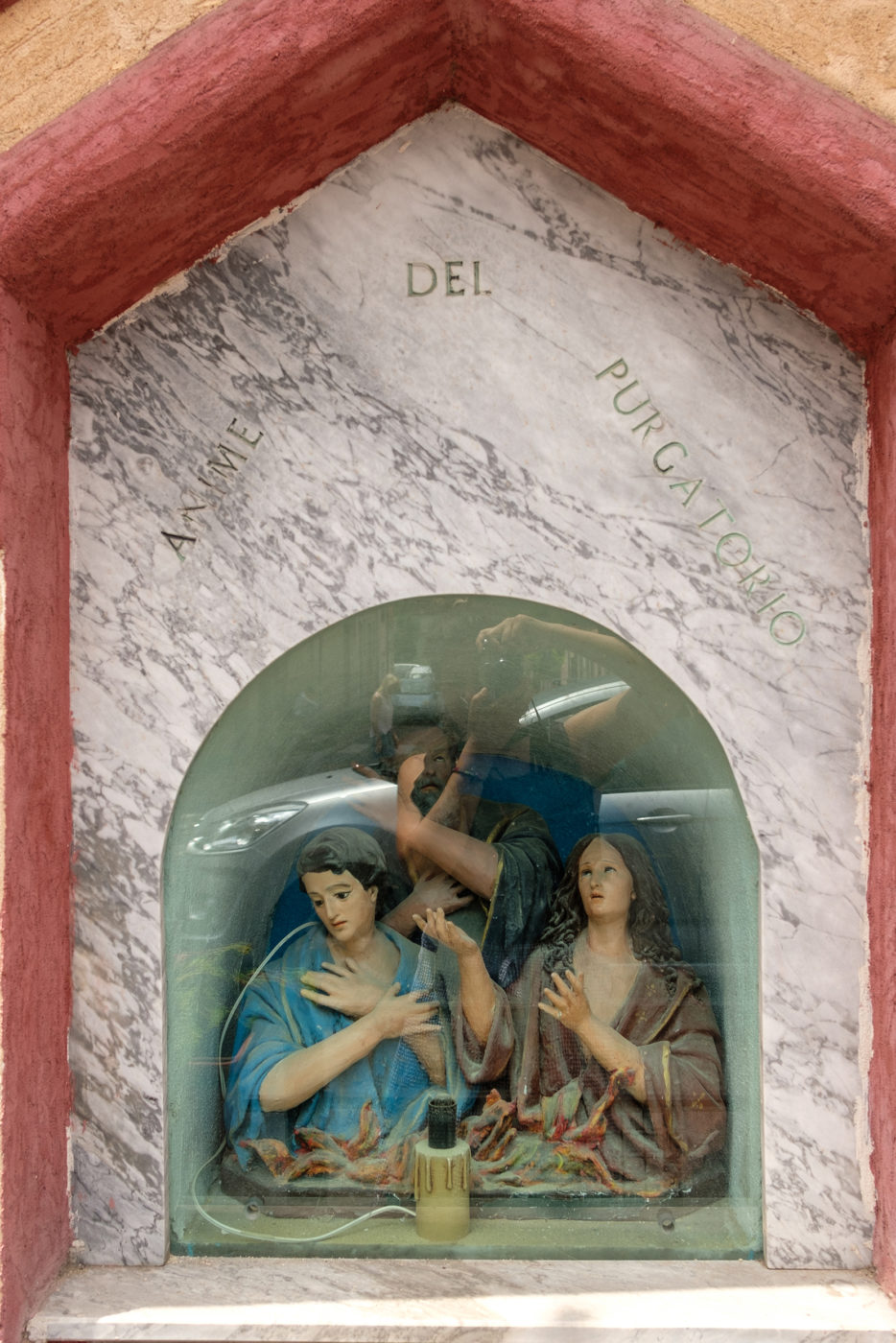
I am 28 years old when I photograph the saintly figures of Italy’s south. It is not my first time in the country — I spent some time as an exchange student Venice and then with my Dad’s family in the far north — but it is my first time in Calabria. I am about thirty minutes away from Nanna’s small and neglected hometown, reporting on food justice and migrant workers exploited for their labor. I am most definitely not doing the Lord’s work, but I feel a sense of purpose that goes beyond simply doing my job. I spend time on farming co-ops, in towns branded for their racism, and in the sprawling migrant worker camp where journalists are not formally allowed. Although I did not come here to find the ghosts of my now-deceased Nanna, she is in everything — from the women who speak to me in lilting dialect, to the migrant worker who makes me pasta for lunch. Most of all, I see her in the public shrines embedded into the façades of homes, businesses, and historical buildings, and with an almost journalistic approach, I begin to seek them out.
From Naples to Palermo, these shrines — each one usually dedicated to a particular saint — are like dioramas of a prayer. They are often surrounded by graffiti, Vespas, and drying laundry and covered in fake flowers, rosary beads, and photos of the sick or the dead. One statue of Padre Pio — a saint particularly popular in Calabria — has its own grotto built into the side of a busy beach road. Another, perched high on a pink wall, is dedicated to a glowing figure of the Virgin Mary. Some are ornate, flanked by marble and glass. Others are worn and weathered, almost austere with age. At first, I think I am photographing the shrines to show the omnipresence of faith and the way Catholicism permeates public life. But really I am seeking them out because that particular brand of almost-bastardized Christianity is the only belief I still feel in my bones. One day, I stumble upon a shrine of three reverent figures encircled by marble and titled Anime Del Purgatorio: Souls in Purgatory. They are covered by glass, and despite my best efforts, I can’t seem to capture them quite right. Later, when I look through the photos, I notice a fourth figure in the image. That person is me.
Text and photos by Alessandra Bergamin. Alessandra Bergamin is an Australian freelance journalist based in Los Angeles. She has written for National Geographic, Harper’s, The Lily, DAME Magazine, and Lapham’s Quarterly. She also writes Defender — a newsletter about environmental justice. Follow her on social media – @allybergamin.
